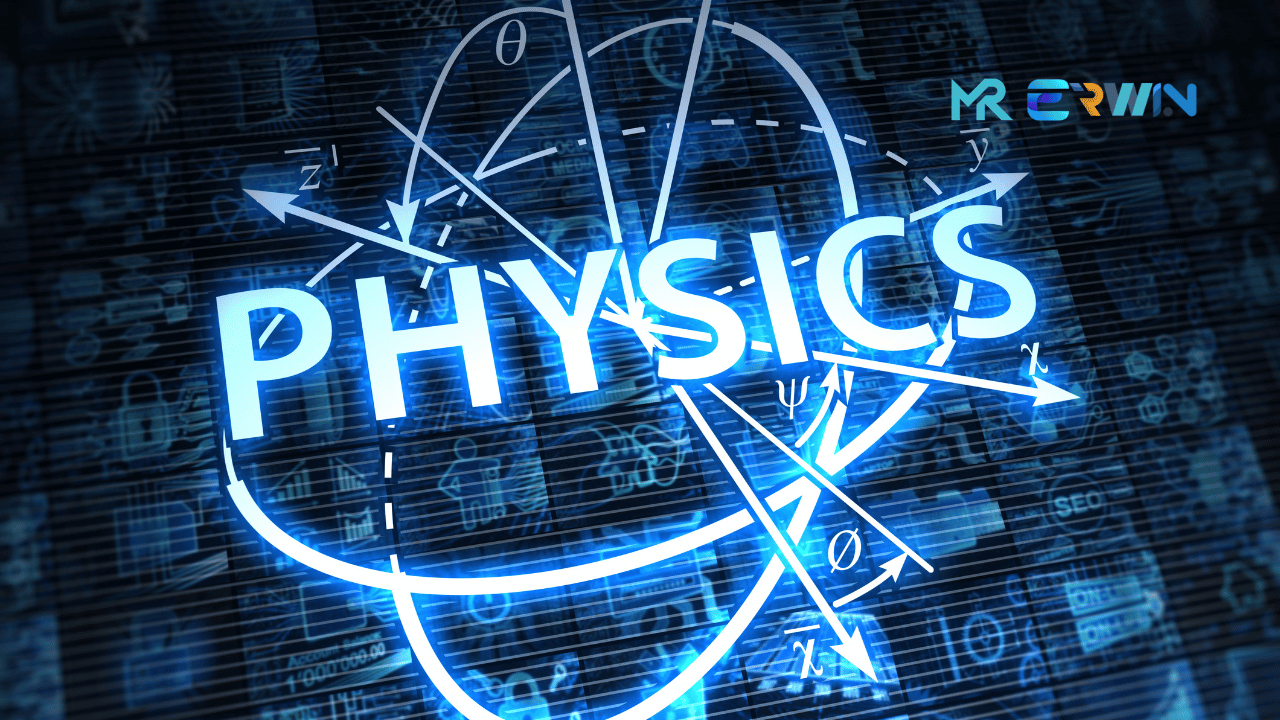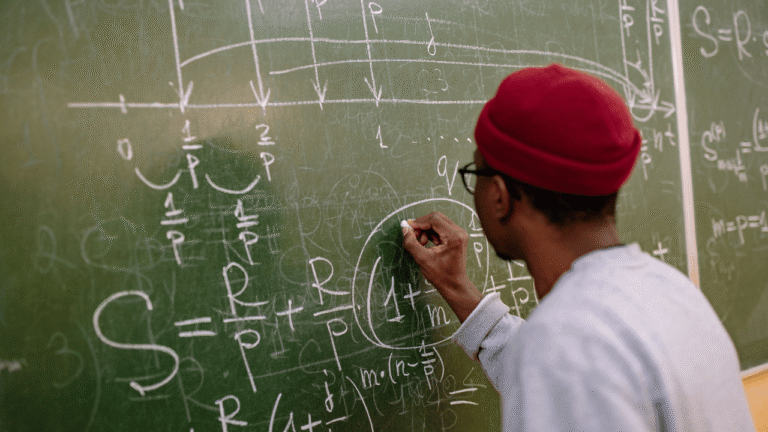
What Are the Fundamental Laws of Physics?
Physics is the branch of science that seeks to understand the fundamental principles governing the universe. At its core lie a set of laws—time-tested, experimentally verified statements—that describe how matter and energy behave. These fundamental laws of physics form the bedrock of all physical sciences, from cosmology to quantum mechanics. This article explores the most important laws that shape our understanding of the physical world.
1. Newton’s Laws of Motion
Formulated by Sir Isaac Newton in the 17th century, these three laws describe the relationship between a body and the forces acting upon it.
- First Law (Law of Inertia): An object at rest remains at rest, and an object in motion remains in motion with the same speed and direction unless acted upon by an external force.
- Second Law: The acceleration of an object is directly proportional to the net force acting on it and inversely proportional to its mass. Expressed as F = ma (force = mass × acceleration).
- Third Law: For every action, there is an equal and opposite reaction.
These laws govern most classical mechanical systems and are foundational in engineering and everyday physics.
2. Law of Universal Gravitation
Also proposed by Newton, this law states:
“Every particle of matter attracts every other particle with a force that is directly proportional to the product of their masses and inversely proportional to the square of the distance between their centers.”
Expressed mathematically:
F = G(m₁m₂)/r²,
where G is the gravitational constant.
This law explains everything from the fall of an apple to the orbits of planets and moons.
3. Laws of Thermodynamics
These laws govern heat, energy, and work in physical systems:
- Zeroth Law: If two systems are each in thermal equilibrium with a third system, they are in thermal equilibrium with each other.
- First Law (Conservation of Energy): Energy cannot be created or destroyed, only transformed. Mathematically: ΔU = Q – W (change in internal energy = heat added – work done).
- Second Law: Entropy (disorder) of an isolated system always increases over time. It also implies that energy transformations are not 100% efficient.
- Third Law: As the temperature of a system approaches absolute zero, the entropy approaches a minimum constant.
These laws are central to engines, refrigerators, and understanding the fate of the universe.
4. Maxwell’s Equations
Formulated by James Clerk Maxwell, these four equations describe how electric and magnetic fields interact:
- Gauss’s Law for Electricity – Electric charges produce electric fields.
- Gauss’s Law for Magnetism – There are no magnetic monopoles; magnetic field lines are closed loops.
- Faraday’s Law of Induction – A changing magnetic field induces an electric field.
- Ampère’s Law (with Maxwell’s correction) – Electric currents and changing electric fields produce magnetic fields.
Maxwell’s equations unified electricity, magnetism, and optics into a single theory of electromagnetism.
5. Special and General Relativity
Proposed by Albert Einstein, these theories revolutionized physics in the 20th century:
- Special Relativity (1905): States that the laws of physics are the same for all non-accelerating observers, and that the speed of light is constant in all inertial frames. Key outcomes include time dilation and mass-energy equivalence (E = mc²).
- General Relativity (1915): A theory of gravity describing it as the curvature of spacetime caused by mass and energy. It replaced Newton’s law of gravity in high-gravity and high-speed situations.
These theories are essential for GPS, black hole physics, and cosmology.
6. Quantum Mechanics Principles
Quantum mechanics governs the behavior of matter and energy at atomic and subatomic scales. Some foundational principles include:
- Heisenberg’s Uncertainty Principle: It is impossible to know both the position and momentum of a particle with absolute precision.
- Wave-Particle Duality: Particles such as electrons and photons exhibit both wave-like and particle-like properties.
- Pauli Exclusion Principle: No two identical fermions (e.g., electrons) can occupy the same quantum state.
- Schrödinger’s Equation: Describes how the quantum state of a physical system changes over time.
Quantum theory underpins semiconductors, lasers, and much of modern technology.
7. Conservation Laws
Conservation laws are universal principles stating that certain properties remain constant in isolated systems:
- Conservation of Energy
- Conservation of Momentum
- Conservation of Angular Momentum
- Conservation of Charge
These laws are not only fundamental but are also used to verify and construct theories across all areas of physics.
8. Standard Model of Particle Physics
This is not a single law but a comprehensive theory that describes the electromagnetic, weak, and strong nuclear interactions. It classifies all known elementary particles (quarks, leptons, bosons) and predicts their interactions.
While incredibly successful, it does not include gravity and is considered incomplete. Physicists seek a “Theory of Everything” to unify the Standard Model with general relativity.
Conclusion
The fundamental laws of physics form the framework that underlies all natural phenomena. From the motion of galaxies to the behavior of subatomic particles, these principles allow scientists to describe, predict, and manipulate the universe. While modern physics continues to evolve, these laws remain central pillars in our quest to understand reality at its deepest level.



